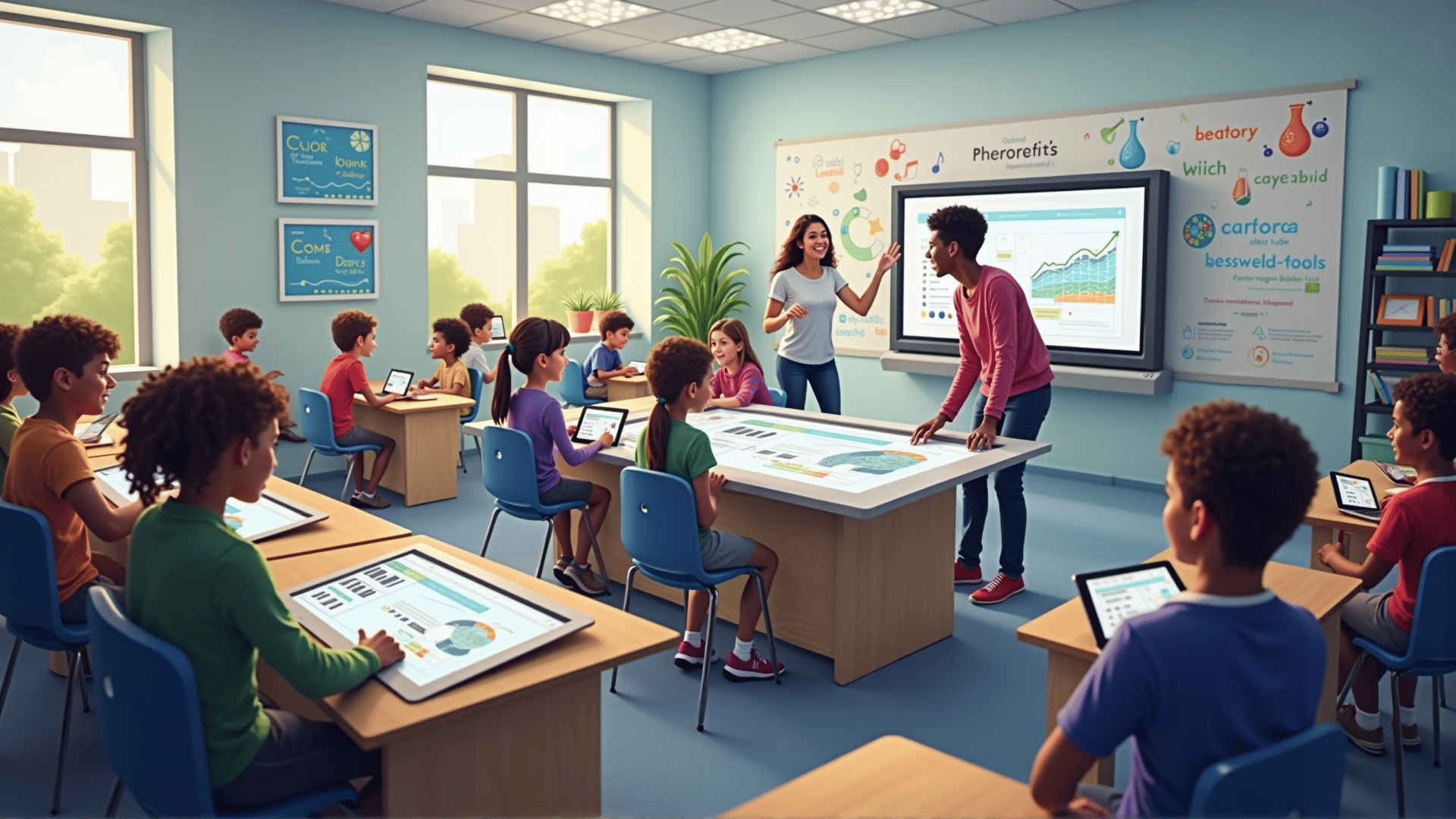In recent years, the educational sector has witnessed transformative changes through technological advancements. A particularly promising technology reshaping how students learn is edge computing. This technology facilitates real-time data processing and heralds an era of personalized educational experiences.
At its core, edge computing involves processing data closer to where it is generated rather than relying on distant central servers. In educational settings, this means that data from a student's device or classroom activity is analyzed in close proximity, allowing for immediate feedback and adjustments.
One of the primary benefits of this localized approach is the enhancement of personalized learning. With quick data processing, educators can tailor lessons and curricula to fit the individual needs of each student. For example, if a student is struggling with a certain concept, the system can immediately provide additional resources or alternative explanations. Conversely, students who grasp concepts easily can be offered more challenging material to further their understanding.
Furthermore, edge computing significantly reduces latency. In traditional settings where data must travel to and from remote servers, delays can hinder the learning process. In contrast, quick onsite data processing ensures students receive real-time interactions, facilitating a more interactive and engaging educational experience. This immediacy is particularly beneficial in fields like virtual labs and simulations, where rapid feedback is crucial for maximizing learning potential.
Security is another area where edge computing shines. By keeping data processing and storage closer to the source, educational institutions can better manage and secure sensitive information. This localized handling minimizes exposure to potential breaches that might occur when data is transmitted over extensive networks.
Moreover, edge computing supports the use of cutting-edge educational tools such as virtual reality (VR) and augmented reality (AR). These technologies rely heavily on processing large volumes of data quickly to create immersive environments. With edge computing, schools can efficiently implement VR and AR in curricula, enabling students to explore historical sites, conduct scientific experiments, or even practice language skills in simulated real-world contexts.
As schools strive to equip students with relevant skills for the future, edge computing offers a robust solution to some of the most pressing challenges. It empowers educators with tools to design efficient, secure, and highly adaptive learning environments.
In conclusion, edge computing stands as a significant pillar in the ongoing evolution of education. By bridging the gap between real-time data processing and personalized learning paths, it enriches the educational journey for students worldwide. As institutions continue to explore and implement this technology, the potential to revolutionize learning experiences grows, promising an exciting future for the educational landscape.
